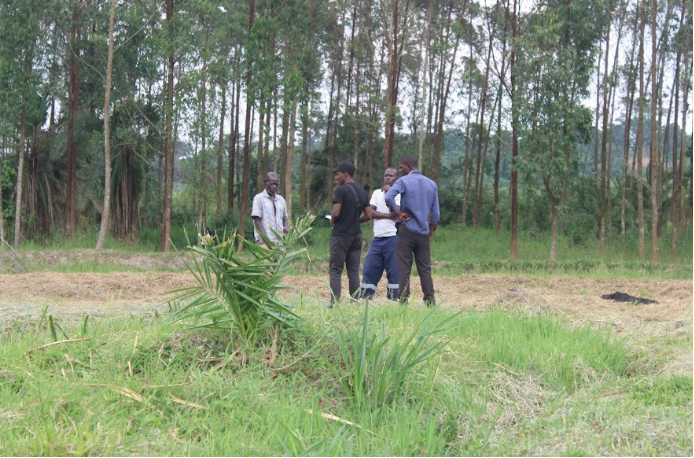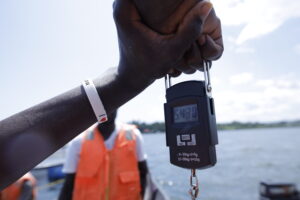Why a good site matters!
Selection of the right site for fish farming is the very foundation for successful and sustainable business operation. Geographical location and access to required resources are crucial for long-term success of a fish farm. Water quality on the farm has a very great influence on fish health and growth. Easy access to a sufficient supply of clean water aids in ensuring maximum conditions required for fish growth, thereby reducing the problem of diseases and improving production. Some of these factors include proper water temperature, pH, and levels of oxygen, dependent on fish species cultured. Testing for adequate water quality averts possible problems that might be huge in terms of money and operation losses.
When considering the Choice of Site, environmental and infrastructural factors are equally important in choosing a site. The site should be free of pollution and must get rid of the natural predators that might attack and kill the fish. The soil conditions have to be good enough, especially the water-holding capacity of the soil and the required pH for building ponds and preparing aquatic plants facilitating fish diet. In addition, it should be accessible to the site to facilitate transportation of supplies, equipment, and harvested fish. It should also be near the markets to reduce the cost of transportation and to preserve the freshness of the products. The site shall conform to the local zoning laws and environmental regulations to obviate any legal cases that will hinder normal operations.
Economic and social conditions are other agents of change that must be considered. Land acquisition and development cost should be such that it remains within the budget to assure the financial viability of the fish farming business. Ongoing operational costs would include cost items such as water management, feed, and labor necessary for running ongoing profitable production. The site shall be located at a place with a socio-friendly community and an adequate supply of skilled labor. It means establishing positive working relationships with the community, which can lead to better support and fewer conflicts. Therefore, fish farmers should choose a site that brings maximum productivity but also ensures health and welfare of the fish by considering all these aspects cautiously in order to support the long-lasting business.
Ideation and Decision making

It is very vital to have a clear understanding of the ideal type of fish farm you want to run. As you plan on where exactly to set up your fish farm, there are a number of questions that you should first ask yourself. Here are key questions that you should ask yourself moving forward;
- What is my ideal target market? It can be local, regional, national and/or international.
- Which species of fish shall I produce and at which size shall I sell them?
- Which level of production do I wish to reach, subsistence or commercial? (if commercial, what scale?)
- Which suitable culture system can I adopt? (Depends on the type of fish, water source & quality, level of production, available resources). This can be: Extensive, semi-intensive or intensive.
- Shall I use complete fish feeds or fertilizers or both?
- Shall I produce fingerings myself or source them elsewhere
- What are my future plans of expansion and scaling my fish farming business?
- Which part of my farm area shall I immediately start with? Which areas of my farm shall I consider for future expansion?
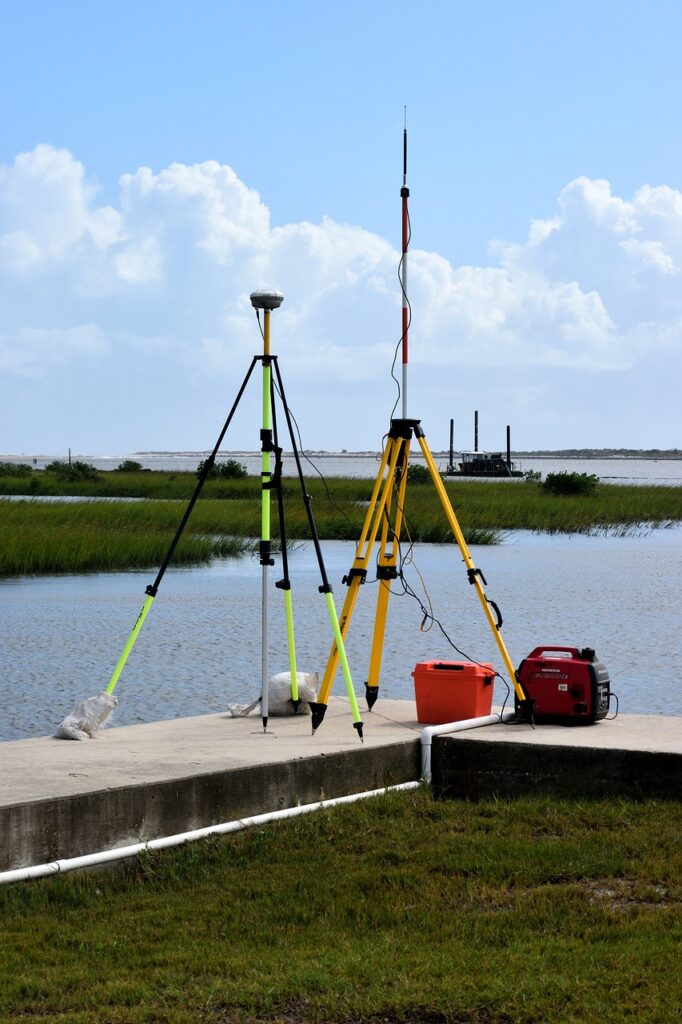
Individuals intending to venture into fish farming should be in position to answer the above questions. Otherwise, one should seek assistance from experienced aquaculture extension agents like fisheries officers. You can also check with other fish farmers to find out what choices they made and why.
The Planex Aquaculture Support Center (ASC), with a team of Aquaculture Experts is also within your reach in case you need assistance.
Major considerations
1. Ecological factors
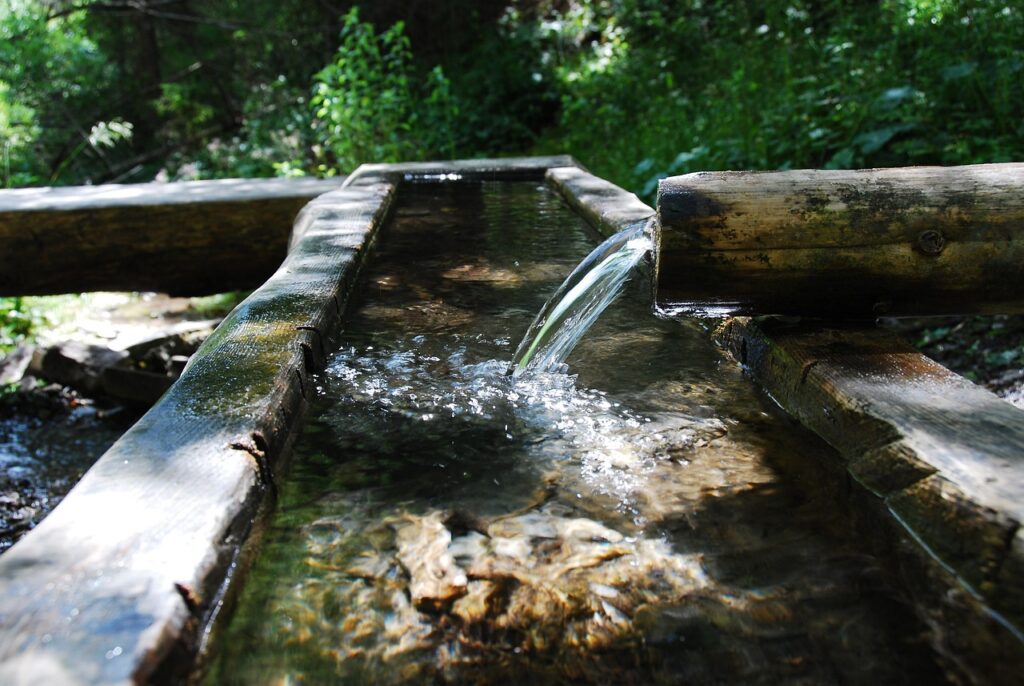
Water Supply: This is not only a question of its availability but also its reliability and quality. A uniform and adequate supply of water throughout the year is necessary for the maintenance of fish health and its growth. Some of them are the source of water, such as whether it has to be withdrawn from a stream, river, or reservoir, and the nature of delivery by gravity or pumping. Gravity-fed systems are generally more economically efficient, but topography and water level need to be very carefully assessed in order for the flow to remain uninterrupted by either maintenance or dry periods.
Water Quality: This is by far very vital since it directly influences fish productivity and health. Thorough water quality testing is necessary for physical parameters such as temperature and turbidity, chemical properties like pH and dissolved oxygen, biological factors like plankton density, and microbiological indicators for pathogens. These water tests ensure that the water is suitable for proper growth of specific fish species, and would show potential health risks or pollutants that may affect fish welfare.
Climatic factors should be considered in relation to assessing fish farm site suitability. In that regard, local climatic conditions include the average temperatures, patterns of rainfall, evaporation rates, humidity levels, sunshine duration, wind speed, and their role in affecting water temperature fluctuation, pond oxygen levels, and general environmental stability. Long-term meteorological data available from stations in the vicinity give useful information on seasonal variations and extreme weather conditions that can affect fish farming operations.
Hydrological characteristics, such as water discharge rates, frequency of flooding, and water level changes, are vital when selecting the site most especially in cage fish farming. Weather stations or water authorities can provide reliable data about the stability and reliability of the water sources. Such water characteristics provide for effective water management, including mitigation measures against flooding and follow-up practices to ensure that water use remains sustainable to safeguard the fish farm from any eventuality.
Soil properties directly affect the construction and operation of fish ponds. There is a need to assess the soil properties in terms of their permeability, stability for construction of the pond dikes and nutrient content. Soil testing through sub-surface examination and laboratory tests yields information on the suitability of soils for aquatic life and durability of the structures. Ideal soil conditions for farm ponds generally range from loamy-clay down to sandy-clay, together combining the best properties for pond construction and the growth of natural pond foods. Sites having thick layers of organic soils often require supplementary soil treatment measures to ensure adequate stability of the embankments and effective water-holding capacity.
2. Biological and Operational factors
Species and Culture Systems: Each species has specific habitat and water quality requirements that must be met to ensure optimal growth and health. Additionally, fish are adapted to grow well in different culture systems which directly influences the choice of farm farming system and location. For instance; Nile tilapia performs much better than catfish in cages.
Farm Input: Accessibility and availability of the essential farm input is also one of the key factors to have in mind while deciding the location of your fish farm. Such input include; Fish fingerlings, fish feeds and farm tools. For example sourcing fingerlings from a reputable hatchery near your farm ensures timely supply of good quality fish with low mortality rates since the fingerlings won’t take long hours in transportation.
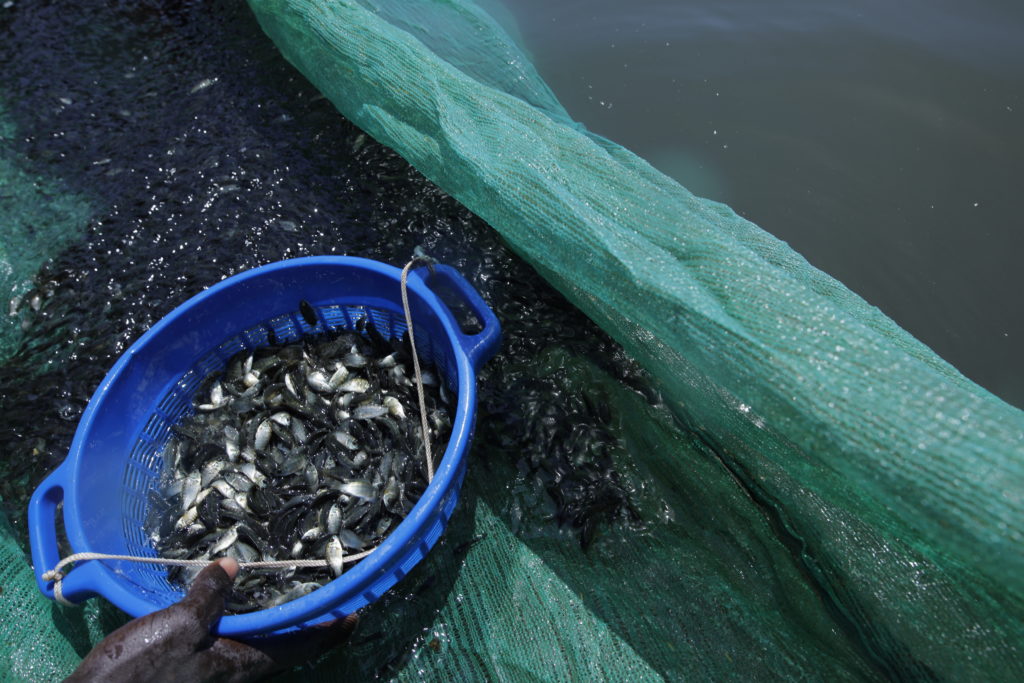
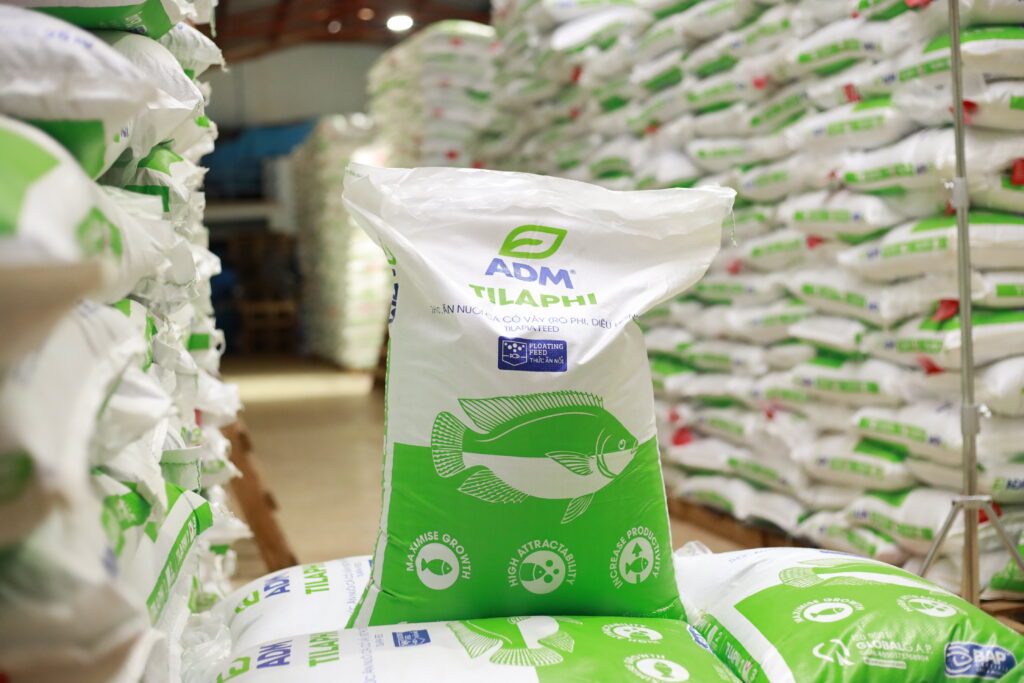
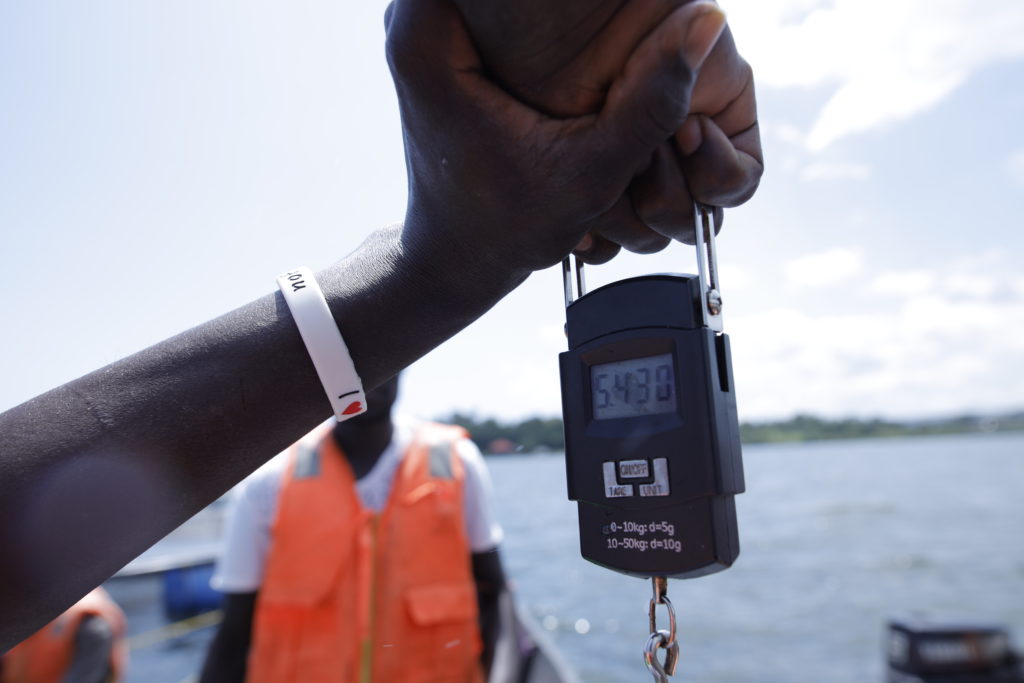
3. Economic and social factors
Land Availability and Ownership: This includes compliance with regulations, land tenure rights, and suitability for aquaculture development. The relevant legal framework and land use regulation must be carefully assessed to ensure that the chosen site fulfills all requirements in law and as such can offer long-term security for investment in aquaculture. Land suitability evaluation for the construction of ponds and infrastructure and possible future expansion is critical for the minimization of costs and achievement of maximum operational efficiency.
Infrastructure accessibility: This Is essential to ensure smooth operation and logistical efficiency. The availability of all-weather roads, electricity supply, and communication networks (telephone and internet) facilitates transportation of goods, access to markets, and communication with stakeholders. Locally available construction materials are cheaper, reducing the time and overall economic viability of a fish farm project.
Market Accessibility: This is one major determinant of the economic viability of the fish farm. The accessibility of potential markets and distribution channels reduces costs of transportation and timely delivery, hence better market competitiveness. Knowing the needs of the market, consumer taste, and price trends at these destination markets will facilitate strategic marketing and product positioning to get better price realizations and maximum market share.
Labour and Community Engagement: play a pivotal role towards operational success and sustainable development. This is achieved through easy access to skilled labor with experience in aquaculture management and fish farming practices that enables efficient production and management of the farm operation. Positive local community relationships are achieved by open communication, social responsibility initiatives, and stakeholder engagement to avoid potential conflict and ensure a license to operate in society over the long term.
Additionally, environmental and political factors should be considered for assessment of probable environmental impacts, and compliance with regulations. The environmental impact assessments and compliance with the environment regulations mitigate the risk of ecological effects by promoting sustainable aquaculture. The knowledge of local political dynamics, policy frameworks, and governance structures will be very instrumental in maneuvering through regulatory requirements relevant for the implementation of a project and acquiring permits. Such alliances establish mutual trust and collaboration with local authorities and leaders within the community for a conducive regulatory environment and reduce risks associated with political instability or changes in policy.
A well planned fish farm siting considers ecological, biological, operational, economic, and social factors. Each factor influences the total feasibility, sustainability, and success of the aquaculture enterprise. This factor makes it easier for one to make informed decisions about proactive management of possible risks and opportunities that may occur by conducting an in-depth site assessment, collecting data, and engaging with stakeholders. By applying these factors in the selection of the most apt sites, the entrepreneurs can have aquaculture operations that are resilient in resource-use optimization, low in environmental impacts, and high in economic returns.

